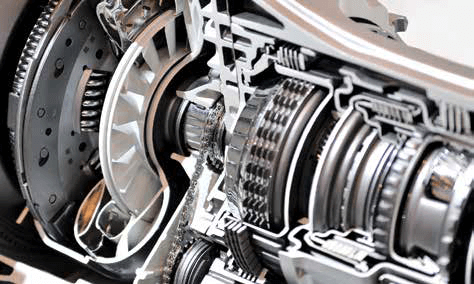How to diagnose bearing noises.
Diagnosing driveline related bearing noises can be tricky. A clear understanding of how the clutch assembly operates is needed. When the clutch pedal is depressed, this actuates the clutch assembly and disconnects (or disengages) the transmission from engine operation. When the clutch pedal is not depressed, the engine and transmission are connected at this time and the transmission input shaft is rotating at the same speed as the engine.
Release Bearing
A worn out release bearing will make noise when the clutch pedal is depressed as this is when the release bearing is under load. Depress the clutch pedal approximately 25mm. This will put the release bearing in contact with the clutch assembly. If there is a squeal or rumble then the release bearing is most likely at fault.
Pilot Bearing or Bushing
To test for a worn out pilot bearing or bushing, the engine will need to be running. Faulty pilot bearing or bushing noises are more apparent when the engine and transmission are cold. Select first gear and begin to release the clutch pedal. If a noise/squeal is heard at the point of the clutch taking up, then the pilot bearing or bushing is most likely at fault.
Transmission Input Shaft Bearing
To test for a worn or failed transmission input shaft bearing, you will need to drive the vehicle at a speed of at least 35kph. If a grumble noise is apparent, depress the clutch pedal. This will in turn stop the transmission input shaft and bearing from spinning. If noise ceases it is likely the input shaft bearing is at fault.



